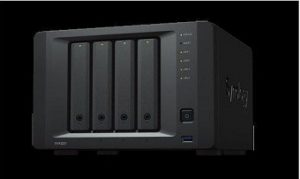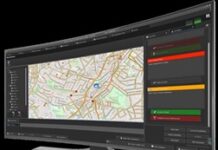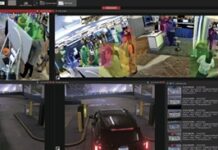
Synology Inc. launches the next Deep Learning NVR, the DVA3221, for advanced on-premises video surveillance and analytics. Using GPU-accelerated deep learning algorithms, DVA3221 can generate real-time insights that enable security personnel to take action immediately.
Facial recognition, people counting, vehicle detection, and additional video analysis capabilities enable the users to deploy a more intelligent solution for a safer environment.
“The DVA product line is constantly improving, thanks to continuous software updates. Our recently introduced Surveillance Station update introduced several new key features, such as facial, people and vehicle detection, and even the capability to detect mask usage,” said Tony Lin, Synology Product Manager for Surveillance Station.
“DVA3221 continues to push the boundaries further, with support for more real-time analysis tasks.” DVA3221 combines Synology’s expertise in data storage and management with our powerful VMS solution, Surveillance Station. Support for over 7,600 cameras, ONVIF compatibility, and integration with I/O modules and speakers mean that one is not tied down to a specific brand or platform. With all analytics stored and processed on-prem, the solution can be entirely standalone, with no internet connectivity required unless setting up cloud or off-site backups.
Surveillance Station is platform-agnostic, supporting playback and management through mainstream browsers, through the Windows and Mac clients, and mobile apps.
• Deep-learning powered video analytics for facial recognition, people and vehicle detection, people counting, and more.
• Supports up to 32 camera feeds, with six real-time video analytics tasks.
• Search intelligently through existing footage by filters such as motion detection, missing items, no-idle zones, and more.
• Store large amounts of footage with four internal 3.5″ bays, expandable up to 14.2.
• Easily archive and backup footage to a remote destination for safekeeping.
• Complete data ownership and perpetual license. All video processed on-premises, with optional internet connectivity needed only for remote backups and viewing. No subscriptions are needed.











